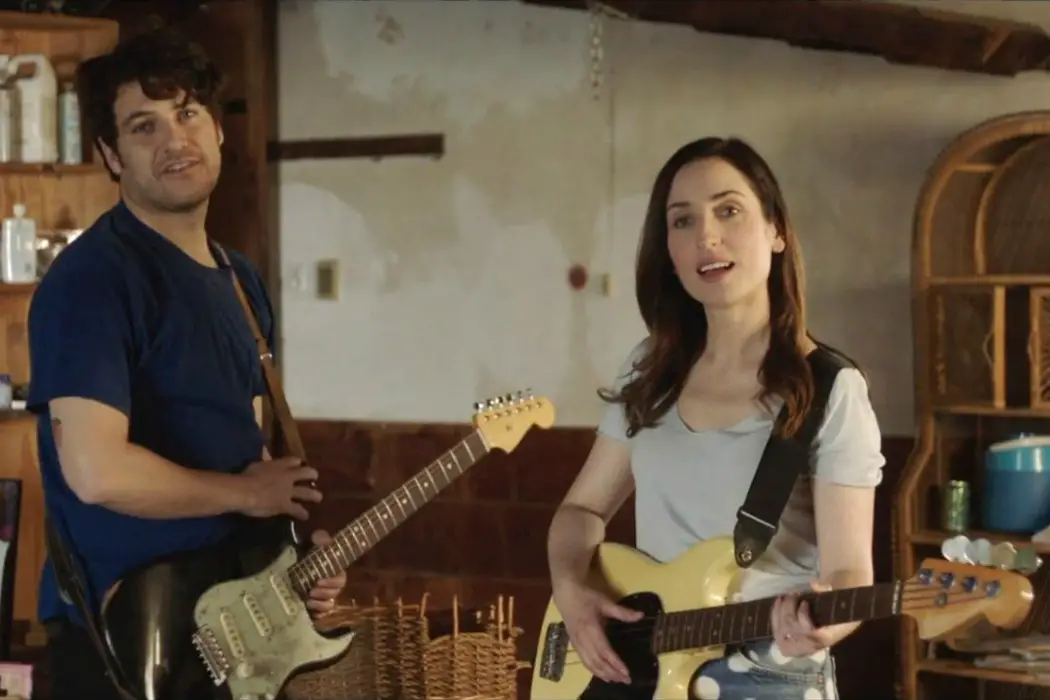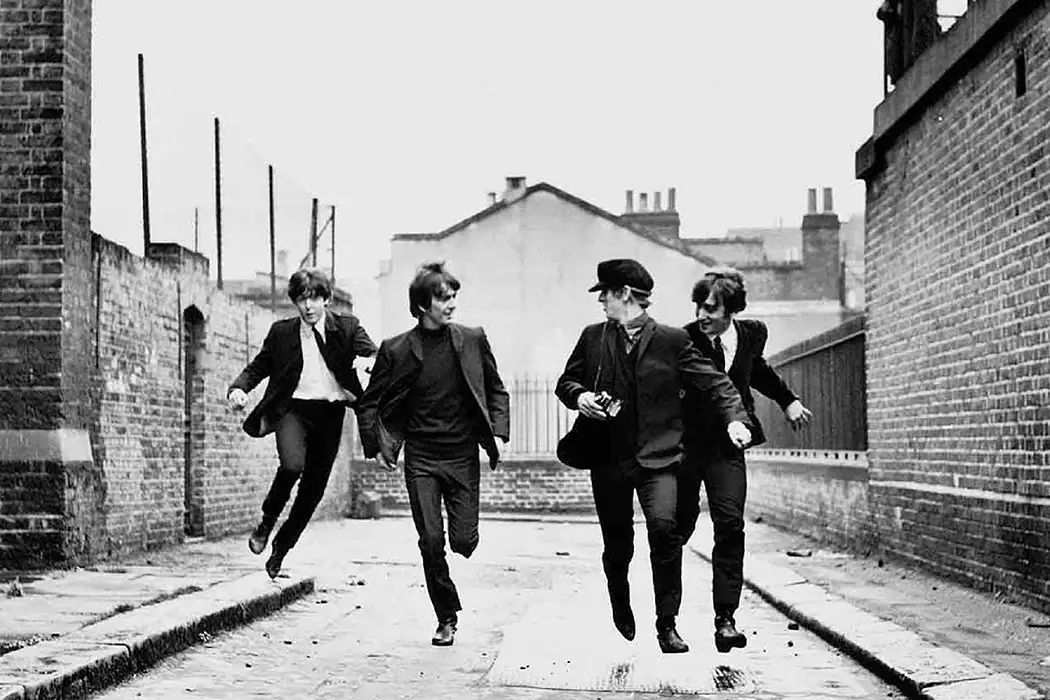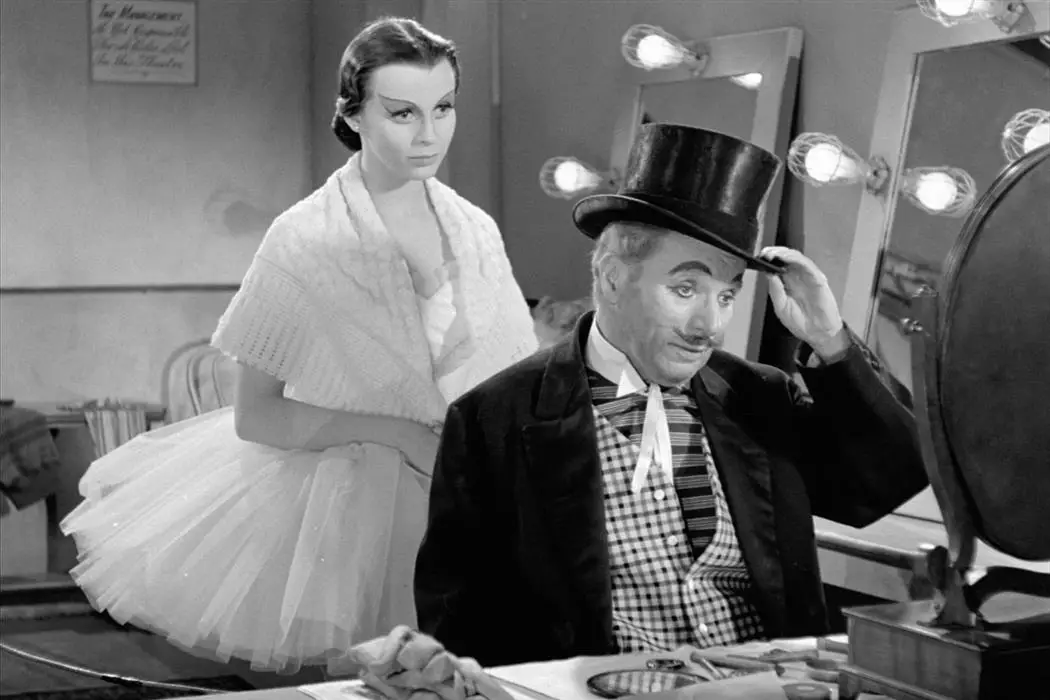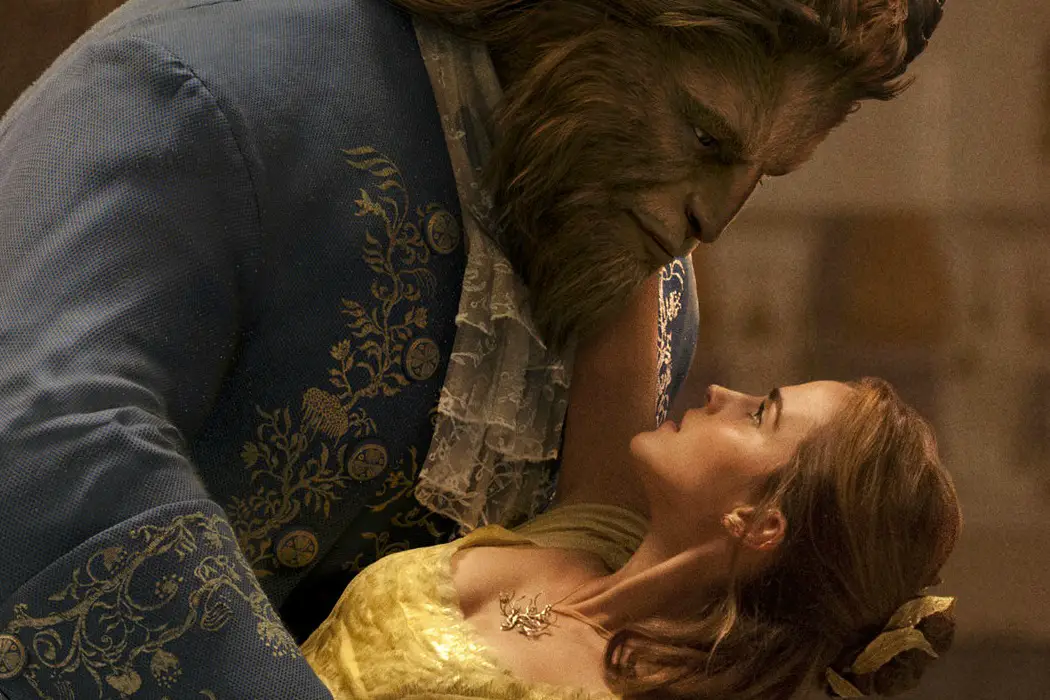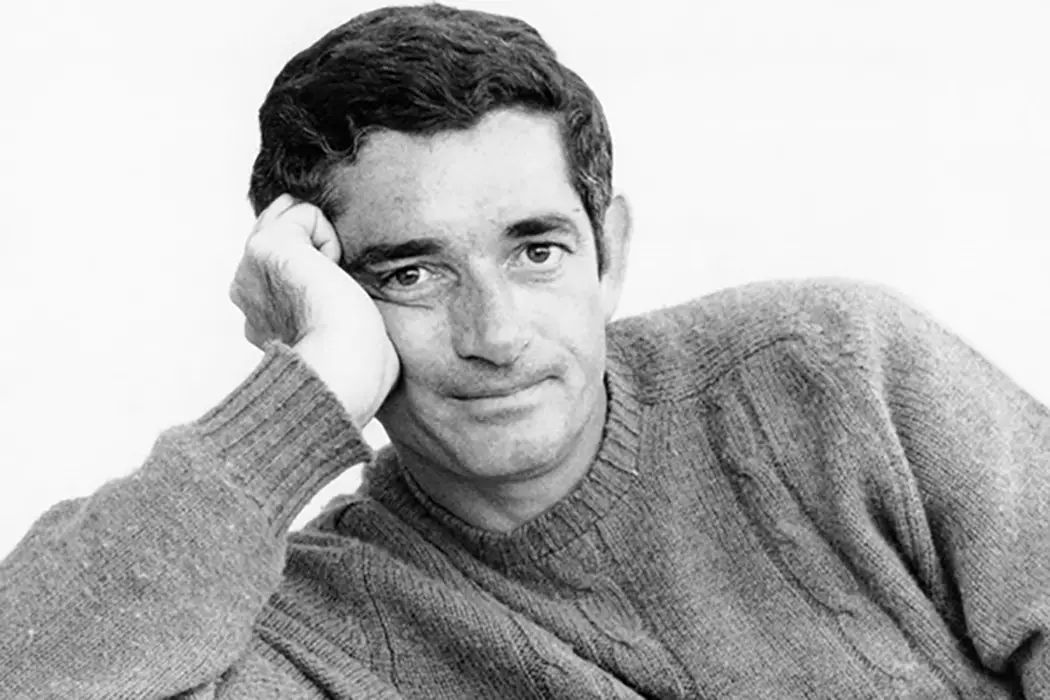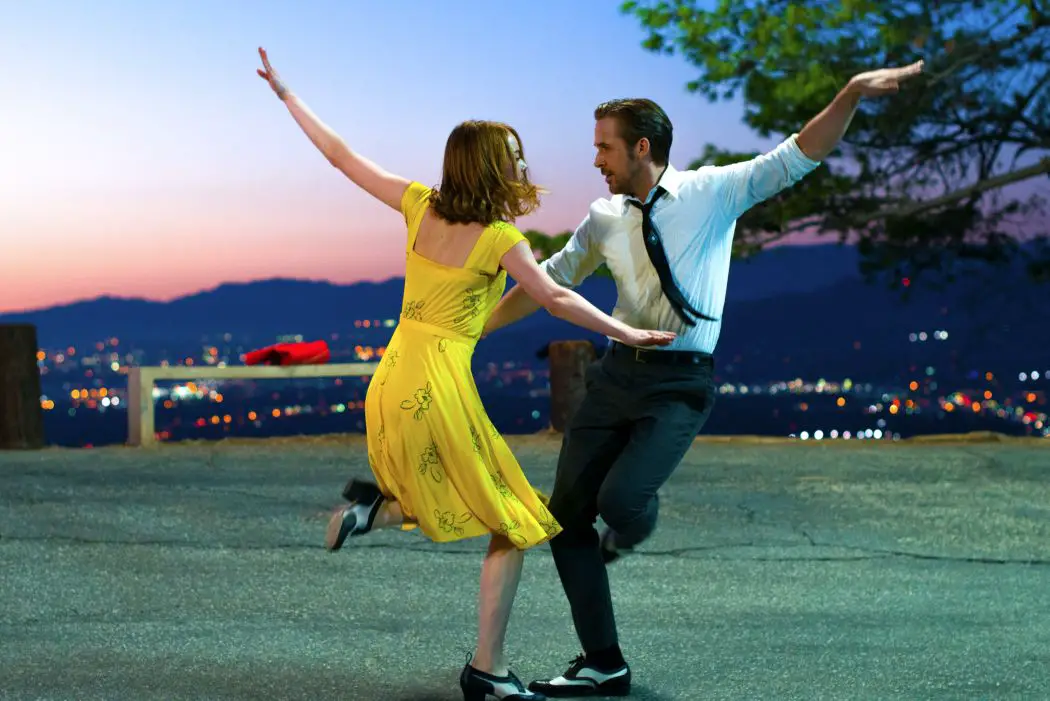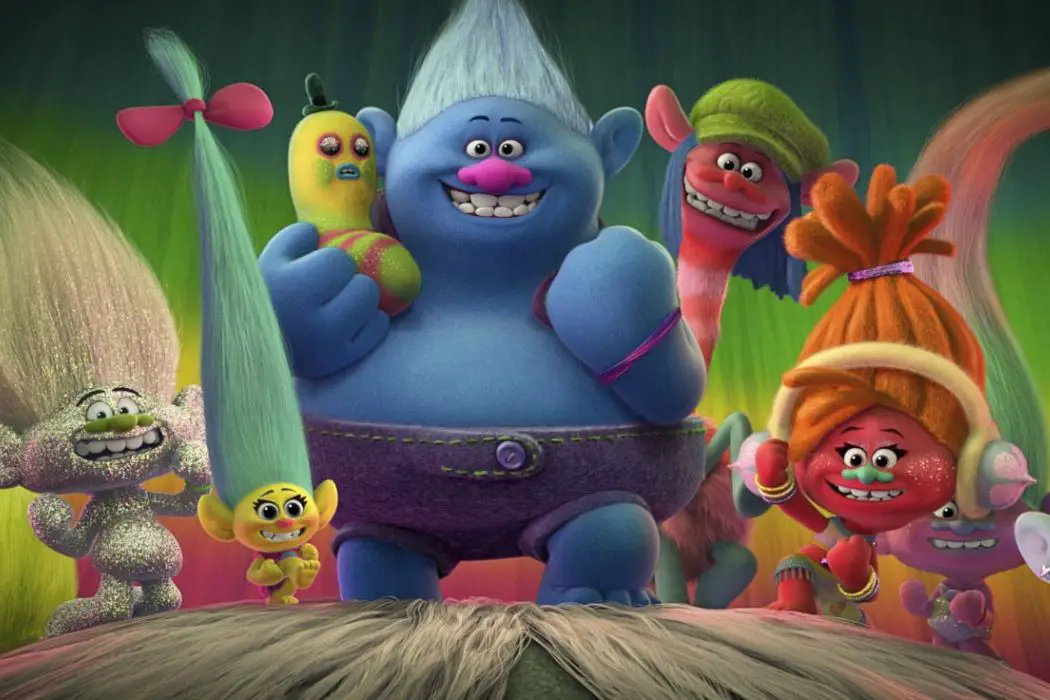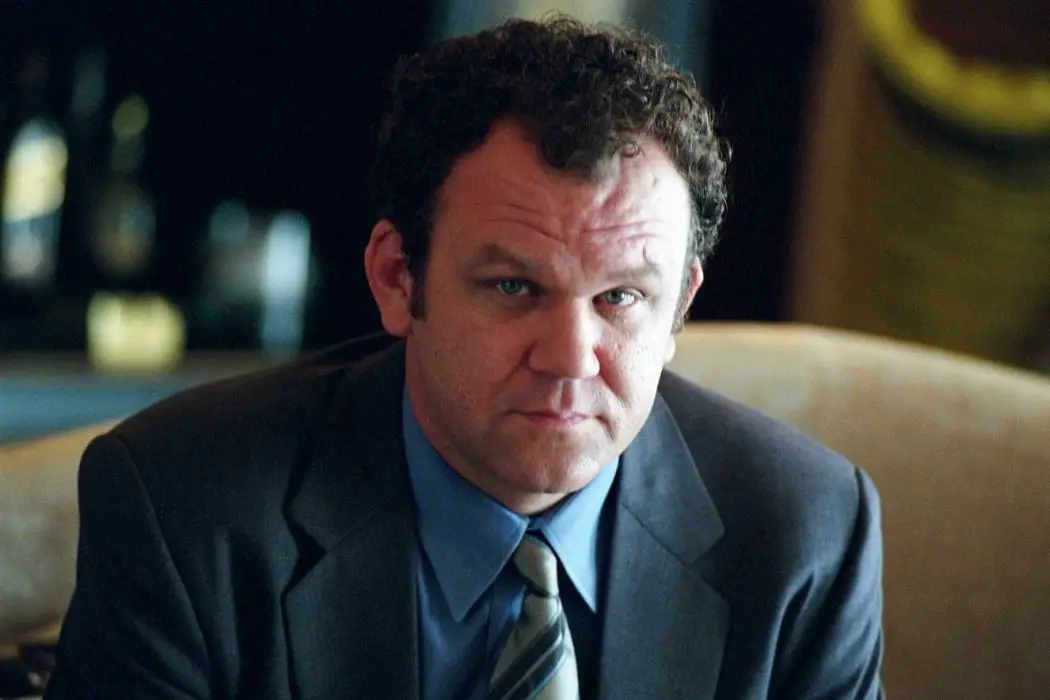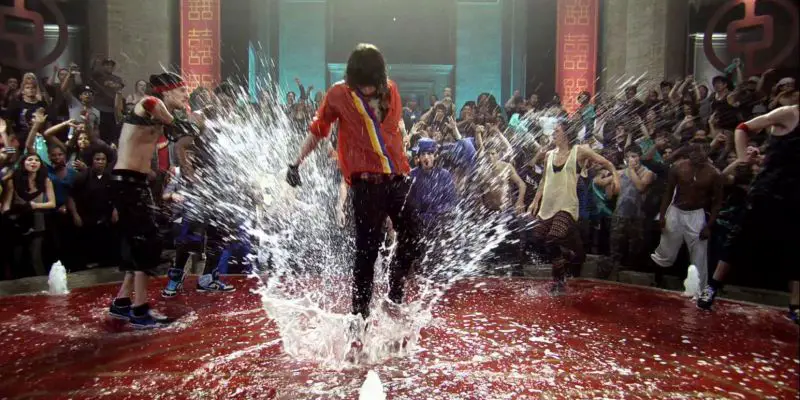musical
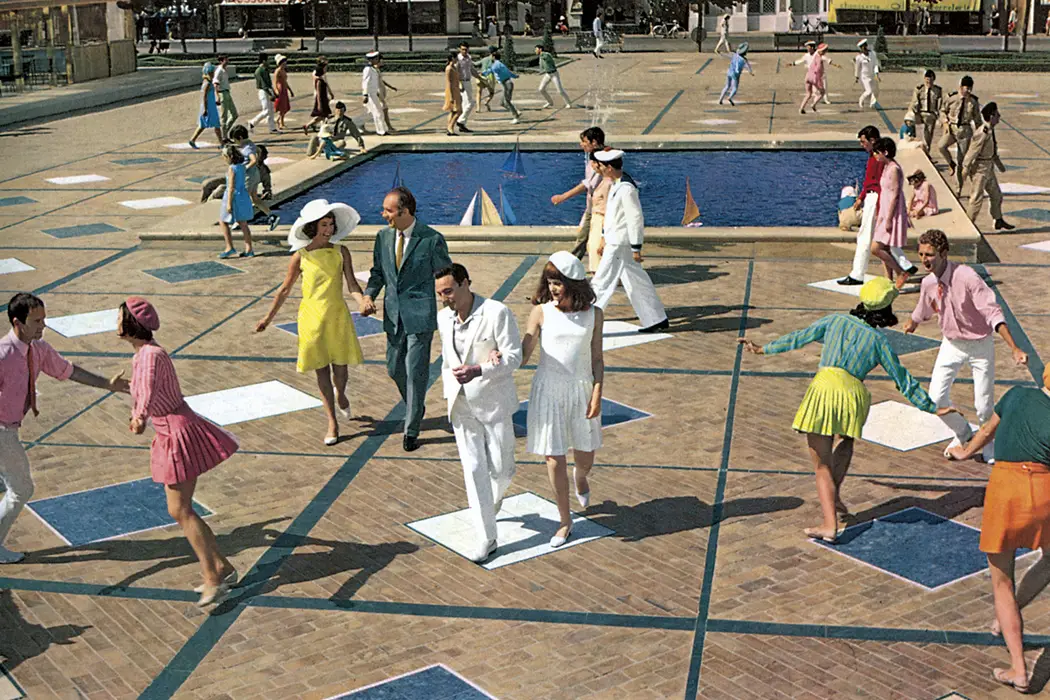
La La Land was one of last year’s big hits, and if you’ve read much about it, you’ve probably heard Jacques Demy cited as an influence. And he should be – not for nothing does the word “parapluies” appear near the place where La La Land’s main character works, a direct shout-out to the French title of Demy’s The Umbrellas of Cherbourg. Of course, it would be a mistake to put too much emphasis on him when La La Land draws on plenty of other influences, including various strains of American musical, Nicholas Ray, Powell and Pressburger, and maybe even Alfred Hitchc*ck.
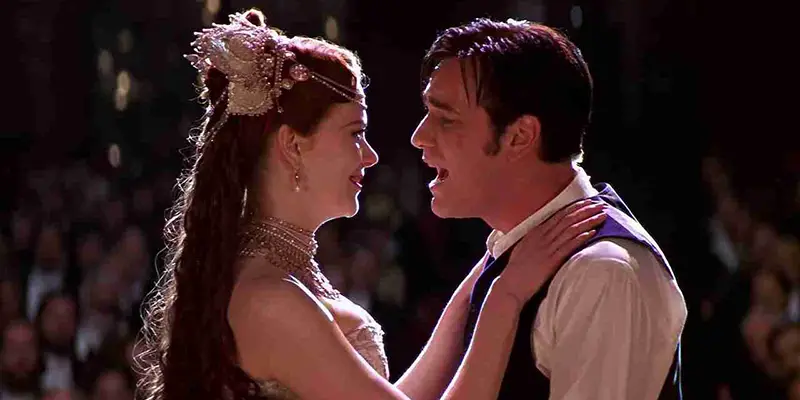
There’s a warm feeling that engulfs you when viewing an old Hollywood musical. Usually, it’s a wave of nostalgia as soon as the opening credits start to roll. When silver screen icons like Gene Kelly, Cyd Charisse, Ginger Rogers or Fred Astaire show up on your screen to entertain the masses for a few hours, you’re guaranteed an entertaining, yet competent, movie experience.
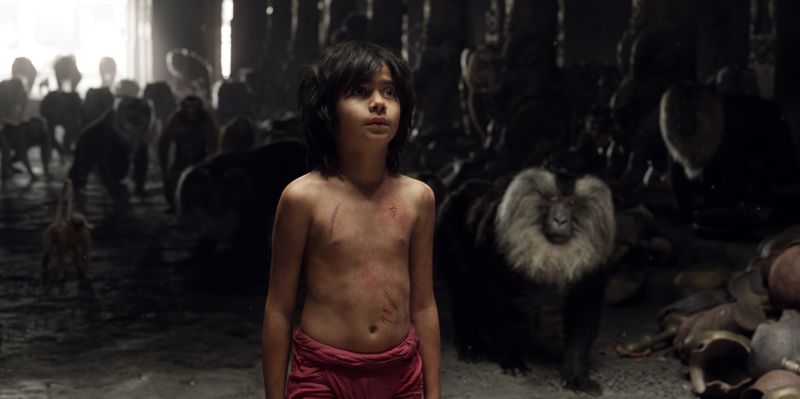
Film is the art of light. Paradoxically, light is that is the ultimate source required for life to exist, and is the greatest substance to cause horrific calamities. Fire was both a blessing and a curse for ancient civilizations to understand and attempt to harness, but it was quite often their undoing.
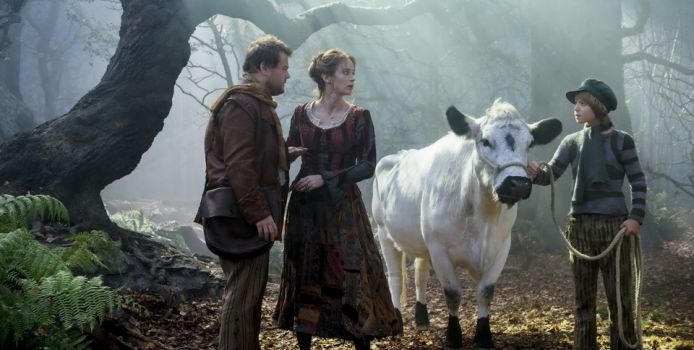
Into The Woods is a big screen adaptation of the Stephen Sondheim musical of the same name, adapted by the writer of the original musical book, James Lapine, and directed by Rob Marshall (of Chicago fame). The film boasts a number of successful actors in musical roles. When I first heard of the film, this was enough to pique my curiosity, but as the release date approached my enthusiasm for it lessened.



